In honor of National Puzzle day here in the United States of America, I humbly present six op amp puzzles for you to puzzle on until your puzzler is sore – or at least until next week when I will publish the right answers!
I’ve even provided you with some key op amp specifications to help in Figure 1.
|
PARAMETER |
|
CONDITION |
UNIT |
|||
|
MIN |
TYP |
MAX |
||||
|
|
|
Vs=±5V unless otherwise noted |
|
|
|
|
|
Operating Voltage Range |
VS |
|
±1.35 |
|
±6 |
V |
|
Common-Mode Voltage Range |
VCM |
|
(V-) -0.1 |
|
(V+) - 1.5 |
V |
|
Short Circuit Current |
ISC |
|
|
±23.5 |
|
mA |
|
Voltage Output Swing from Rail |
VO |
IOUT=+5ma (source) |
|
4.70 |
|
V |
|
|
VO |
IOUT= +10ma (source) |
|
4.44 |
|
V |
|
|
VO |
IOUT= +20ma (source) |
|
3.85 |
|
V |
|
|
VO |
IOUT= -5ma (sink) |
|
-4.81 |
|
V |
|
|
VO |
IOUT= -10ma (sink) |
|
-4.62 |
|
V |
|
|
VO |
IOUT= -20ma (sink) |
|
-4.00 |
|
V |
|
Input Offset Voltage |
VOS |
|
|
1 |
5 |
uV |
|
Input Bias Current |
IB |
VCM=VS/2 |
|
±100 |
±200 |
pA |
|
Input Offset Current |
IB |
VCM=VS/2 |
|
±200 |
±300 |
pA |
Figure 1: Key Op Amp Specification for OPA735
Without any further ado, let’s get puzzling!
Puzzle #1: What is Vout?
Puzzle #2: What is Vout?
Puzzle #3: What is Vout?
Puzzle #4: What is Vout?
Puzzle #5: What is Vout?
Puzzle #6: What is Vout?
Please do not post your answers so that those who are still puzzling can keep on puzzling, until next week when I publish the answers in my next blog post. I’ll be monitoring the comments and will jump in to answer questions and hints, if you get stuck.
A special thanks to my boss, Art Kay, for the starter seed of the idea for these op amp puzzles.
Happy puzzling!
PS: If you thought this was fun, you might want to check out these posts from long-time TIer and retiree Bruce Trump.
- Resistor Puzzle—the sequel
- Resistor Puzzle Solution... and a rant on schematics
- Holiday Brain Teaser
- Brain Teaser—the solution
- Resistor Noise—reviewing basics, plus a Fun Quiz
- Temperature Effects on Input Bias Current… plus a Random Quiz

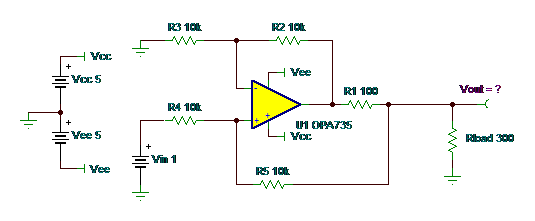
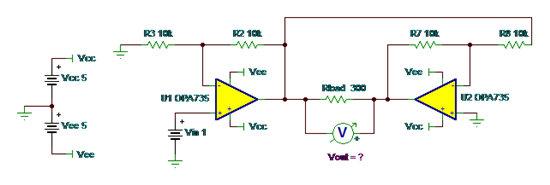
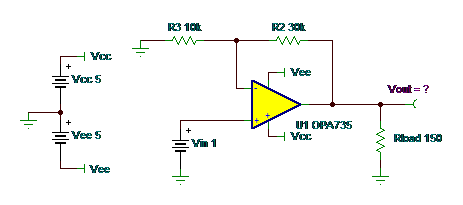
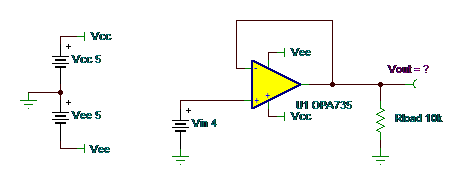
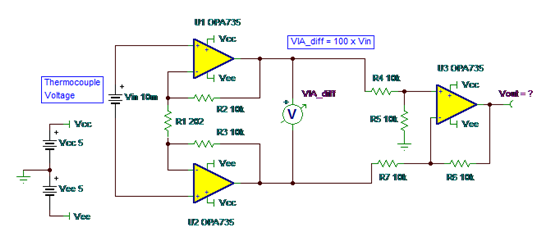
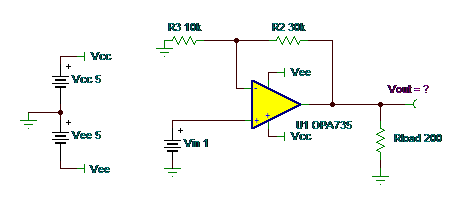
-

Bruce Ploetz
-
Cancel
-
Vote Up
0
Vote Down
-
-
Sign in to reply
-
More
-
Cancel
Comment-

Bruce Ploetz
-
Cancel
-
Vote Up
0
Vote Down
-
-
Sign in to reply
-
More
-
Cancel
Children